
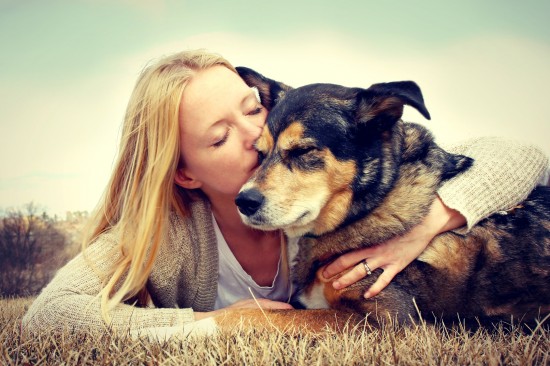
Most owners would prefer their pets to die peacefully at home in their sleep. Unfortunately, this is not always the case, and euthanasia (the humane destruction of an animal) may be necessary in order to alleviate suffering in the event of a terminal and painful condition. Sometimes euthanasia is necessary if an animal is aggressive and behavioural therapy has proven ineffective.
It is extremely difficult to come to terms with the death of a pet as a result of a tragic accident, or with the actual loss of a pet (i.e when it goes missing). When an animal is “put to sleep” the pet owner does at least have the opportunity to say goodbye, but it is nevertheless very distressing. Appreciate that it is normal to be upset, and make sure you talk to friends, family or counsellor if you are feeling depressed. To know that you are not suffering alone can give you strength.
The literal translation of euthanasia, from the Latin, is “good death”. That, of course, is rather a contradiction in terms, because the decision to euthanase an animal is never an easy one. Consent to put a pet to sleep can only ever be made by its owner (unless the owner cannot be traced in the event of a lost pet, or someone else is acting under his or her authority); but your vet can be a great support by helping you to decide whether the circumstances and timing are correct to make the choice to put an animal to sleep.
Euthanasia is performed using a very large dose of an anaesthetic drug, causing unconsciousness within a few seconds, followed by death. The route chosen depends upon the species and medical condition of the pet, and the procedure is quick and painless. The drug may be administered by any of the following routes:
Every animal is assessed individually, and the method chosen will be that which causes the least stress. If a pet is particularly nervous, then a tranquillising drug may be given prior to the procedure.
Consciousness is lost within a few seconds, but there may be some reflex actions evident which can include gasping, sighing, urination or defecation. Although these signs may be distressing, the pet is unaware of any pain or discomfort.
There are a number of options which may include :
As discussed, it can be comforting to talk about the experience, especially with close family or friends and veterinary personnel. Anyone who has lost a pet themselves will know from first-hand experience how hard it is to deal with the huge gap that losing a much loved animal leaves. There are several books about pet bereavement and pet owners’ forums where you can find advice and support on how to cope.
Many pet owners find comfort in the “Rainbow Bridge”, which is a poem about an other-worldly place to which a pet goes upon its death, eventually to be reunited with its owner.
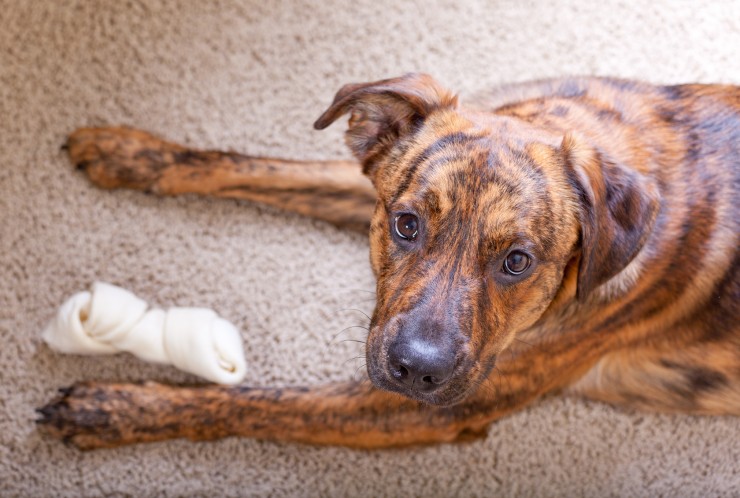 Why Do Some Dogs Scratch And Tear Up Carpets?
Why Do Some Dogs
Why Do Some Dogs Scratch And Tear Up Carpets?
Why Do Some Dogs
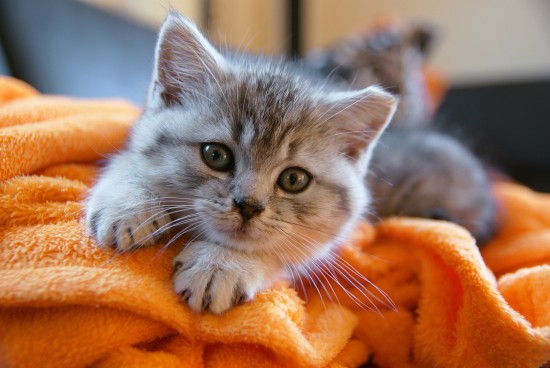 How To Make Sure Your Cat Stays Safe
How To Make Sure
How To Make Sure Your Cat Stays Safe
How To Make Sure
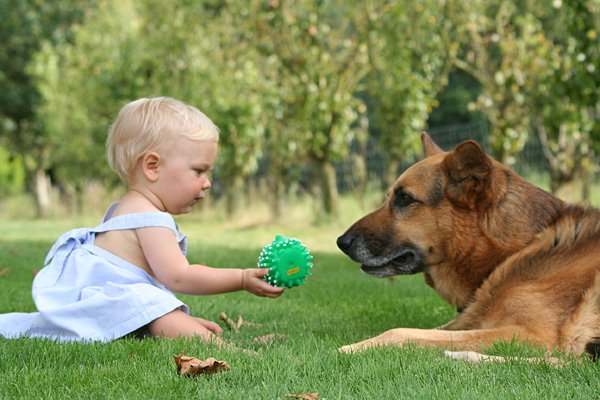 Get Chicken Runs to keep your chickens clean and away from predators
Get Chicken Runs to keep your chickens clean and away from
Get Chicken Runs to keep your chickens clean and away from predators
Get Chicken Runs to keep your chickens clean and away from
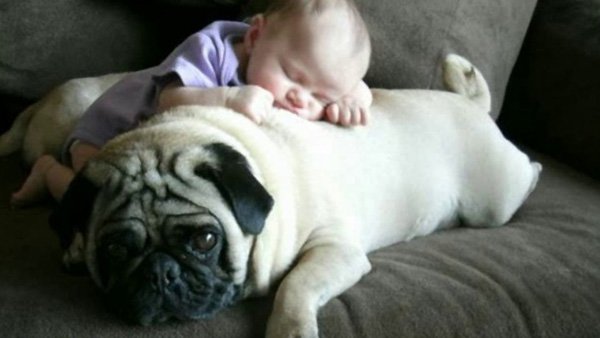 Lost Your Pet? Let technology come to the rescue!
Lost Your Pet? Let technology come to the rescue!
Lost Your Pet? Let technology come to the rescue!
Lost Your Pet? Let technology come to the rescue!
 Identifying Problems And Illnesses In Your Fish Tank
Identifying Probl
Identifying Problems And Illnesses In Your Fish Tank
Identifying Probl
Copyright © 2005-2016 Pet Information All Rights Reserved
Contact us: www162date@outlook.com